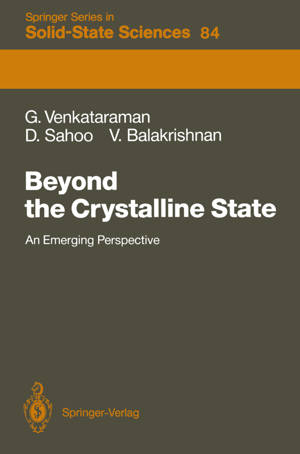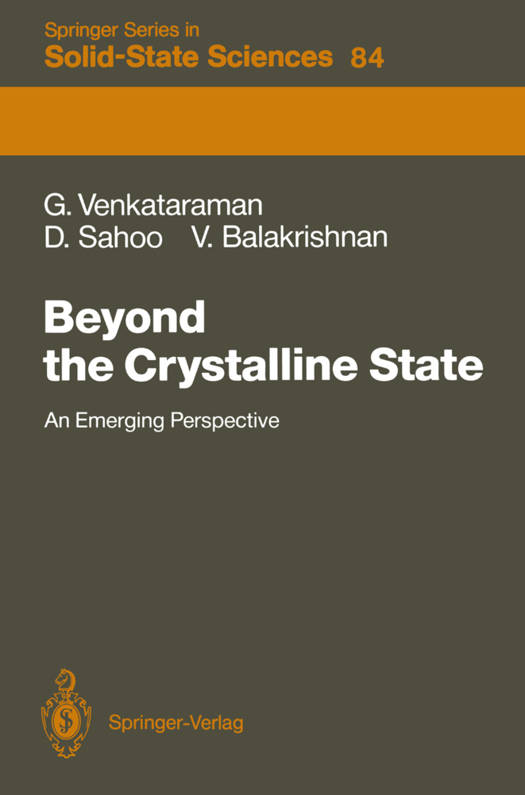
- Afhalen na 1 uur in een winkel met voorraad
- Gratis thuislevering in België vanaf € 30
- Ruim aanbod met 7 miljoen producten
- Afhalen na 1 uur in een winkel met voorraad
- Gratis thuislevering in België vanaf € 30
- Ruim aanbod met 7 miljoen producten
Zoeken
Beyond the Crystalline State
An Emerging Perspective
Ganesan Venkataraman, Debendranath Sahoo, Venkataraman Balakrishnan
€ 83,95
+ 167 punten
Omschrijving
Condensed matter exhibits a rich variety of phases. Of these, the crystalline state has, until recently, received most attention. This is not surprising, given the geometric regularity of crystals. At the other extreme one has amorphous materials. In between there are the various types of liquid crystals, the recently discovered quasicrystals, and so on. While the absence of the high degree of regularity that characterizes the crystalline phase is certainly a problem, these noncrystalline states have nevertheless been receiving some attention over the years. However, it is only during the last few years that something like a uni- fied view of all these phases has begun to emerge, through an application of various sophisticated concepts. Geometry and symmetry (and unusual realiza- tions of the latter) provide a unifying thread in this new and emerging perspec- tive. This book is an attempt to capture the flavour of some of these recent de- velopments. The approach is substantially descriptive, being intended to be accessible not only to experimental physicists, but also to chemists, materials scientists, metallurgists and ceramicists, whose work borders on physics. The prerequisites for a study of this book are a familiarity with basic solid-state physics and, in places, the elements of group theory and statistical mechanics. A few special topics are included at the end to aid those who wish to pur sure further the subject matter treated here.
Specificaties
Betrokkenen
- Auteur(s):
- Uitgeverij:
Inhoud
- Aantal bladzijden:
- 207
- Taal:
- Engels
- Reeks:
- Reeksnummer:
- nr. 84
Eigenschappen
- Productcode (EAN):
- 9783642834363
- Verschijningsdatum:
- 8/12/2011
- Uitvoering:
- Paperback
- Formaat:
- Trade paperback (VS)
- Afmetingen:
- 156 mm x 234 mm
- Gewicht:
- 312 g

Alleen bij Standaard Boekhandel
+ 167 punten op je klantenkaart van Standaard Boekhandel
Beoordelingen
We publiceren alleen reviews die voldoen aan de voorwaarden voor reviews. Bekijk onze voorwaarden voor reviews.








